Existing User Log In
New User Registration
Register for a free account to gain full access to the VGChartz Network and join our thriving community.



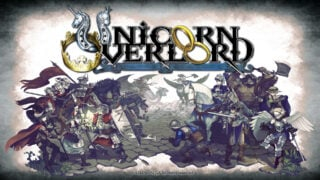

America - Front


America - Back

Vanillaware
Role-Playing
 (Add Date)
(Add Date) (Add Date)
(Add Date) (Add Date)
(Add Date)
| Owners: | 0 |
| Favorite: | 0 |
| Tracked: | 1 |
| Wishlist: | 0 |
| Now Playing: | 1 |
The word "unicorn" has gotten a lot of play recently. No, not the mythical equine beast with a single horn jutting from its forehead. Rather, the other definition of unicorn: a thing that's incredibly rare and highly desirable. That brings us to Unicorn Overlord, the latest title from the technical wizards at game studio Vanillaware. With its stunning art, immeasurably deep gameplay, and polished elegance, it's the kind of game you consistently wish for but almost never see.
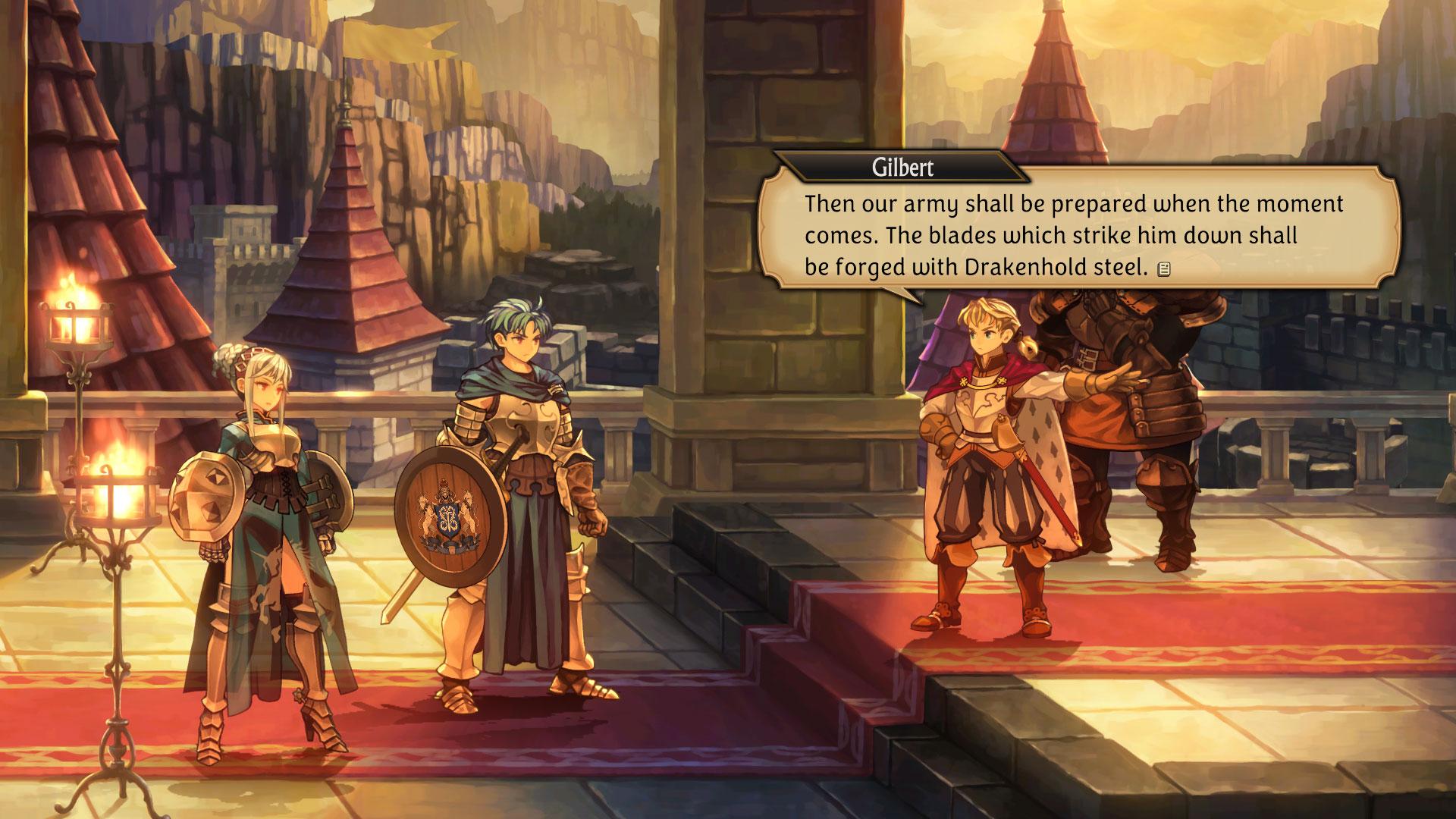
Unicorn Overlord takes place on the continent of Fevrith, a fantastical land of knights, wizards, dragons, and elves, 17 years after a ruinous event. It was then that Valmore, a general in the army of Cornia, renamed himself Galerius, rebelled against the queen Ilenia, conquered the Cornian capital and its surrounding lands, and ultimately used the kingdom as a springboard to subsume all of Fevrith into his burgeoning empire. Now, in the present, the lawful prince of Cornia, Alain, who had been spirited away as a child, departs from his exile and takes up the banner of the Liberation Army. Armed with his mother's keepsake, the Unicorn Ring, he sets out to reclaim his throne, end the reign of Galerius, and release all of Fevrith's nations from the yoke of imperialism.
The story in Unicorn Overlord is quite good. It relies too heavily on well-worn tropes and archetypal characters, yes, but it still manages to pull you into Alain's quest and make you invested in the friends, allies, rivals, and enemies that surround him. Perhaps its finest accomplishment is how it deals with character motive. There are several characters in the game who are strictly heroic or wholly villainous, but most occupy a nebulous space in between. Some are neutral rogues who fight for whomever has the largest coin purse; others swear their allegiance to the empire out of genuine fealty or to reclaim lost honors; still others want only order, revenge, or redemption, and see the Liberation Army as a vehicle to achieve it.
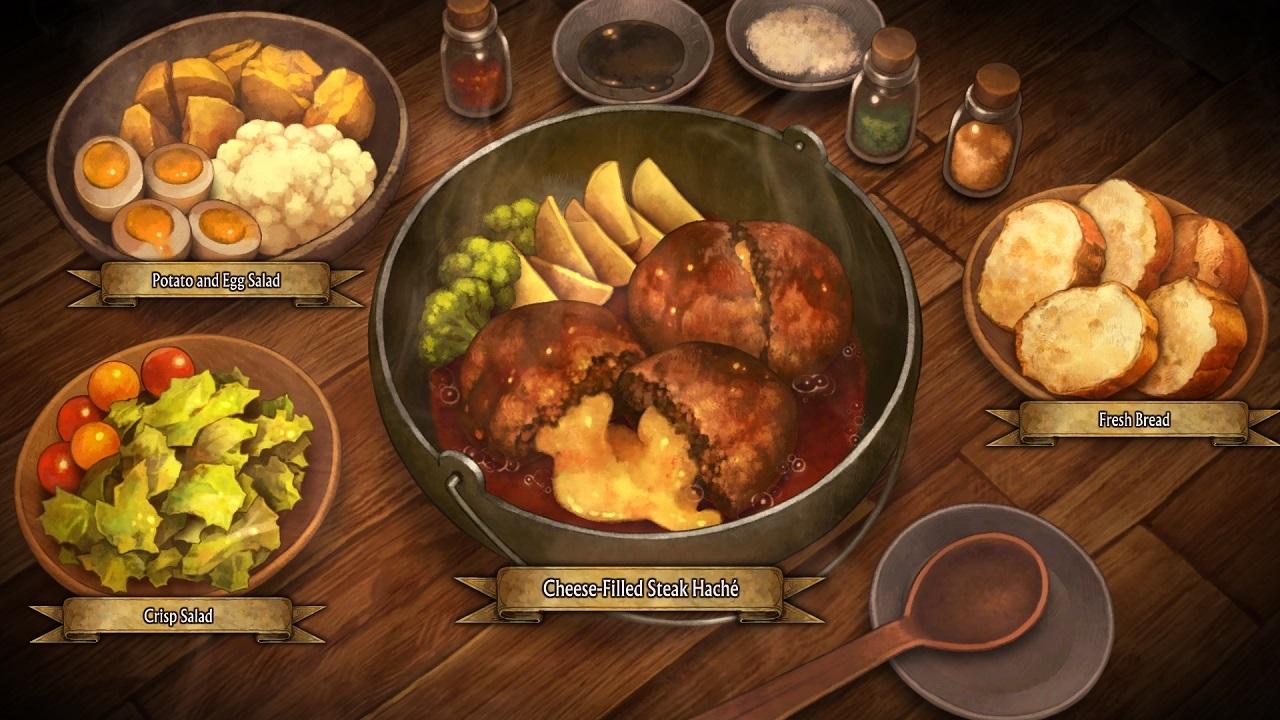
While the story does enough to keep you invested emotionally, the strategic framework in Unicorn Overlord does more than enough to satisfy you mechanically and militarily. Indeed, the game is an absolute masterclass when it comes to tactical RPG gameplay.
Here's how it works. Unicorn Overlord is divided into three main phases: overworld exploration, unit organization, and turn-based combat. The first phase - overworld exploration - is the least developed, but essential in getting you and your army around the continent and creating a sensation of progress and adventure. As Alain, you'll roam across Cornia and its neighboring nations, undermining imperial control, visiting towns and forts, and taking on all manner of quests. Towns provide the army an opportunity to purchase equipment, deliver items, and station guards, while forts allow Alain to increase unit size, recruit mercenaries to fight for the Liberation, or participate in mock battles. These areas are really only a list of menus — not interactive cities and garrisons — but thanks to Vanillaware's stellar art and presentation, they feel like real, bustling places.
Outside of towns and forts, the overworld contains quest-giving NPCs, foraging sites, and other areas of interest. If you happen upon a walled city or castle town, you can even eat a meal with a group of characters, raising the rapport of all involved. There's also a diverting mining mini-game. Overall, exploration and traversal in Unicorn Overlord isn't as developed as other areas in the game, but it's more than sufficient.
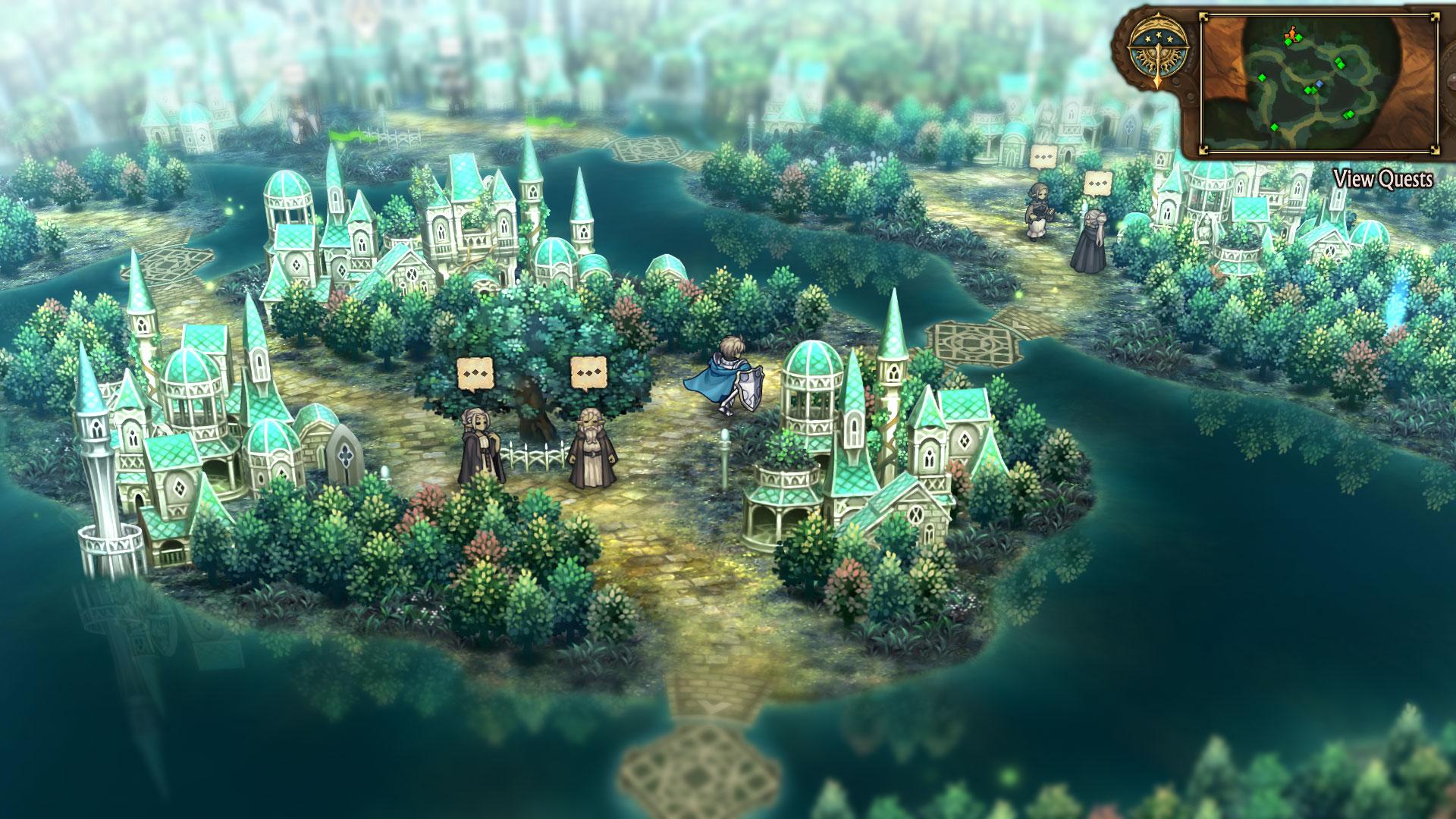
By far the most developed, detailed, and delineated part of the game revolves around tactical turn-based battles (and all the prep work done before the first hoof touches the battlefield). As you explore the continent, recruit characters, hire mercenaries, and buy new equipment, you'll collect the pieces needed for your Liberation Army, and all the units that comprise it. Then you can get to work optimizing your troops. This is, somewhat paradoxically, the most absorbing and most overwhelming part of Unicorn Overlord.
You start with an empty three-by-two grid — a unit — on which you can place up to six combatants. Which classes you place on the grid, and in which formation you place them, will dramatically change the properties and overall usefulness of the unit. The squishier classes like witches and housecarls are better for the back row, for example, while armored classes like hoplites are ideal for the front row. Of course it's not just tanks you want in front; you might also want something like a Dark Knight, whose attacks grow stronger the less HP they have.
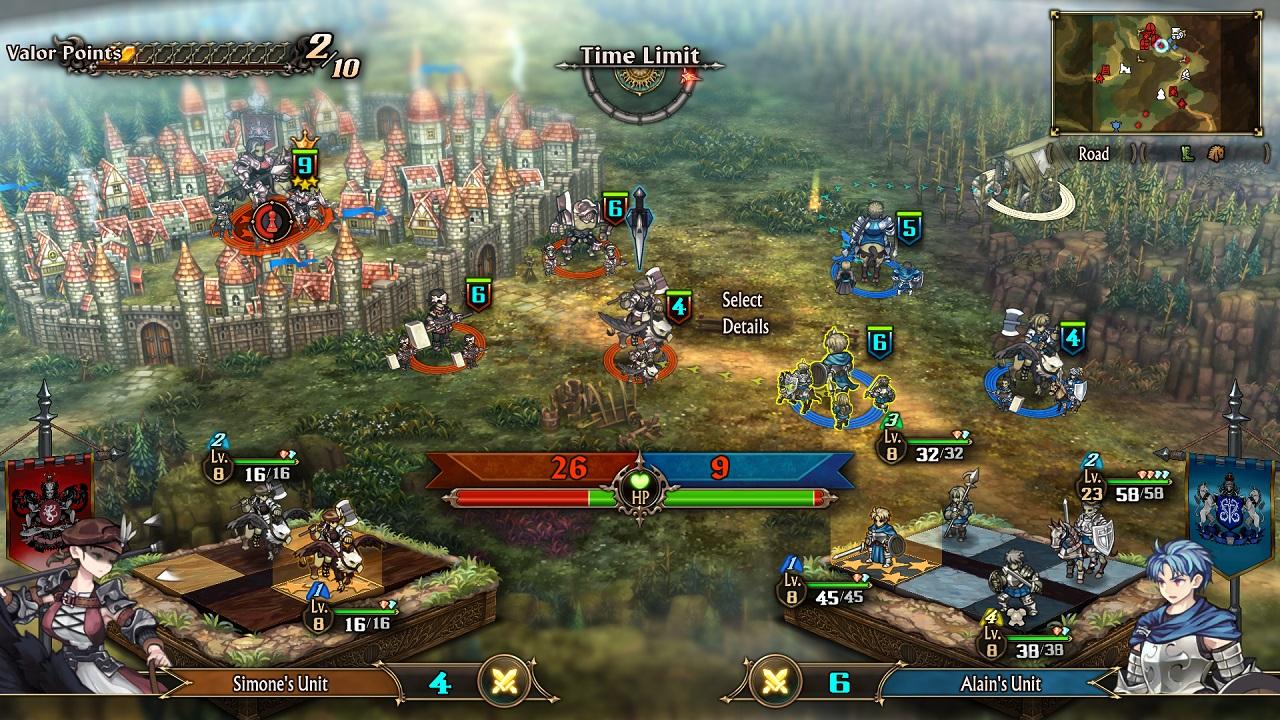
This is just the beginning, though. Once you've strategically arranged your classes across the grid, you must equip the right weapons and most effective class-specific skills. Divided into active and passive abilities, these skills will ultimately dictate your success and failure in battle. Active skills cover things like sword strikes and flame arrows, while passive skills encompass things like Alain's "Noble Guard", which triggers once he's attacked. Passive abilities aren't only defensive though. Take the soldier's "Keen Call", which automatically makes an ally's next strike a critical hit. What you want to do, then, is pair together classes with complementary skills. Take, for example, the thief and dark marquess. The thief can use "Toxic Throw" to inflict poison on the enemy and the marquess can then follow up with "Death Spin" to deal +75 potency to afflicted targets. These synergistic moves make all the difference.
Still, there's more. After setting a skill, you can set its priority and conditions. If you want a healing action to take priority over an offensive maneuver, you must rank it above the other. And if you want the offensive maneuver to prioritize the enemy's back row, or target flying foes only, you must make those adjustments. It's all incredibly deep and customizable, but also over overpowering at times. To build the ideal set of units, with so many options and variables to account for, you'll need to invest multiple hours. In fact, it's not uncommon to spend as much time moving through menus, micromanaging your troops, as you do in actual combat. Still, when all your character and ability logic comes together and transforms your unit into an unstoppable juggernaut on the battlefield, it's all worth it.
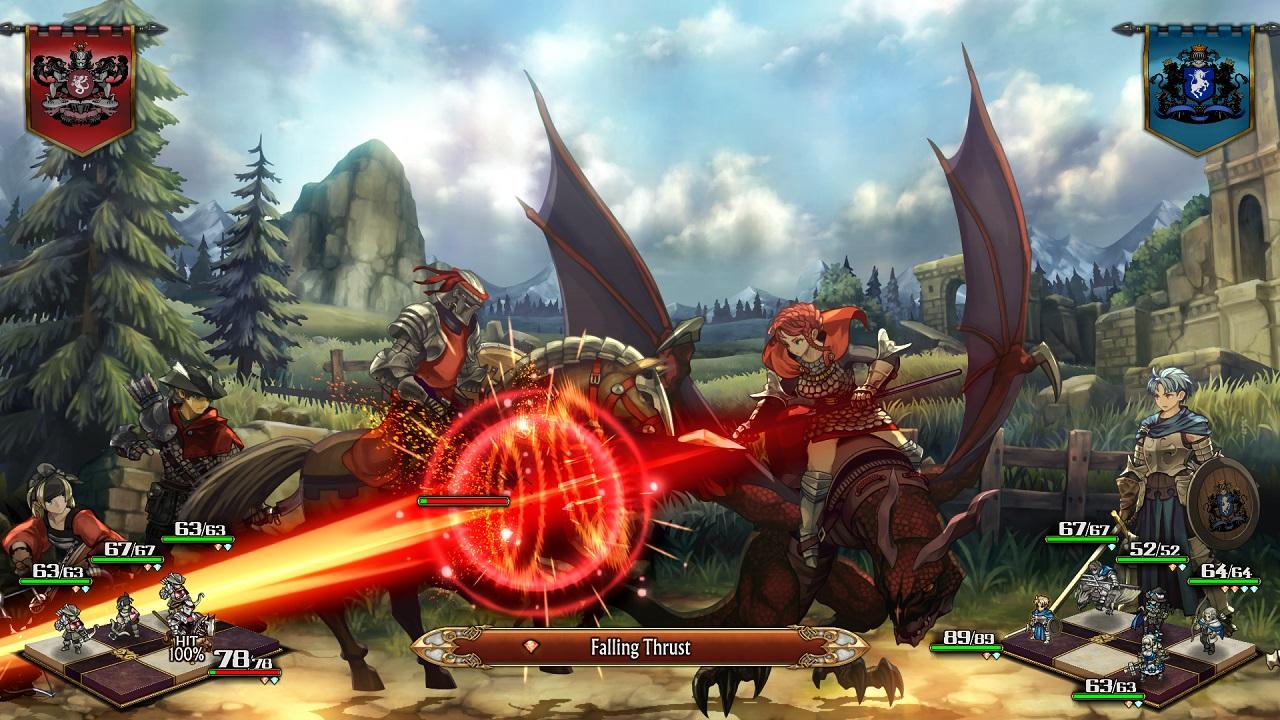
The battlefield, and the turn-based combat that defines it, is the third and final phase of Unicorn Overlord. Combat can take some getting used to, unless you're intimately familiar with the Ogre Battle series. In each battle map, you'll see all friendly units, enemy units, occupied positions, and places of interest from an isometric birds-eye view of the field. You can then select allied units and command them to move, in real time, across the battle stage. Once you encounter an enemy unit, the turn-based fighting commences.
Unlike the expectations of a traditional turn-based RPG, you're not responsible for choosing to attack, cast a spell, or use an item. Rather, the flow of battle plays out automatically according to various predetermined rules. Combatants take turns using active skills in order according to their initiative. Battle then continues until all combatants run out of Action Points (AP), or when all combatants on one side are defeated. If neither unit is defeated, the side with the lower percentage HP remaining is the loser. That defeated unit is knocked back and enters a waiting state, rending it immobile for a short time. Still, you want to defeat the enemy quick, because of stamina.
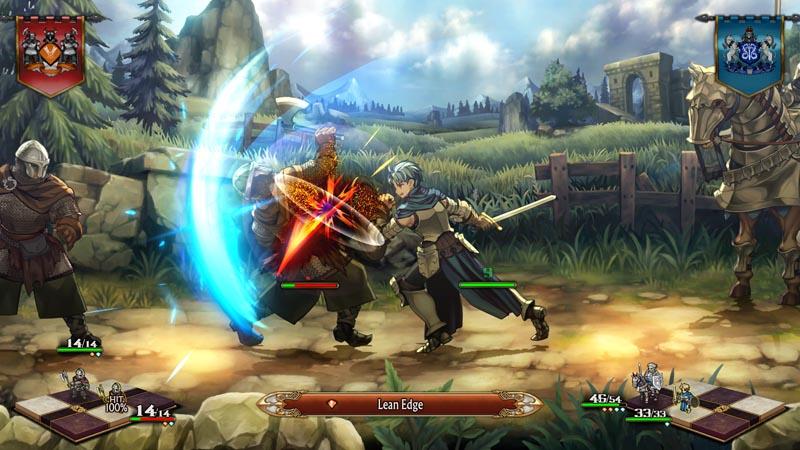
Stamina is just one battlefield variable to account for. As each unit attacks, it will lose stamina, until it can no longer do damage and must rest. This is a clever mechanic that prevents over-eager generals from spamming attacks. In the same way, a limited reserve of Valor Points prevents players from flooding the battlefield with allied troops. As commander, you must watch the stamina of your troops, deploy units judiciously, defeat enemies and liberate towns to gain additional Valor Points, and then use those Valor Points (and the character-specific special moves that come with them) to dominate the field of battle. You must also pair platoons together to take adventure of unit assists. For example, a unit led by an archer can fire a volley of arrows at a nearby enemy group before the automatic flow of battle. As a result of all these variables, each battle map offers dozens of openings to press your advantage, order a strategic retreat, or withdraw a deployed unit at the right time to gain a last-minute Valor Point. The tactical opportunities are extraordinary.
While these battlefield logistics and tactics are engaging, and often thrilling, they can turn repetitive after a time. Toward the beginning of the game I watched every single fight, in part to observe how classes and abilities interacted, and in part to witness the luxurious hand-drawn visuals in action. After a while, however, I started skipping most battles, once a feeling of "been there, done that" crept into the proceedings. To be fair to Vanillasoft, the studio does its best to add wrinkles to combat, to keep you on your toes. As the game moves forward, you'll encounter different and more challenging victory conditions, stage hazards like barricades and magick mines, and battlefield apparatuses like catapults and ballistae. Still, the sensation of sameness lingers.
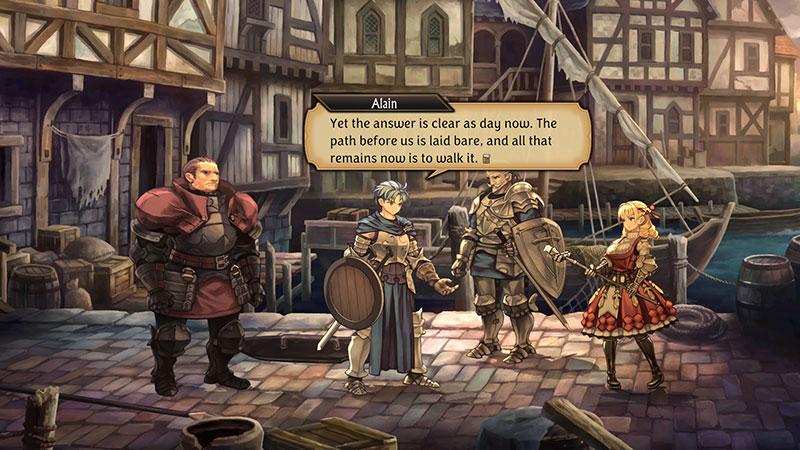
If you require a break from the battlefield, there are plenty of other activities, including side-quests, rapport conversations between characters, and skirmishes in Baumratte Coliseum. Here you can challenge powerful opponents to earn coliseum coins that can be exchanged for powerful gear, or, if the mood strikes you, complete in online battles against units uploaded by players from all over the world. In general, there's no shortage of things to do and conquer in Unicorn Overlord. If you rush through the game, you might be able to finish it in 40 hours. More likely you'll spend somewhere between 60 and 80 hours in the lands of Fevrith. This is one of the densest, most content-rich games of 2024 so far.
It's also one of the most breathtaking in its beauty. Vanillaware has a reputation for gorgeous, opulent art — a reputation that has only grown in esteem thanks to Unicorn Overlord. It's one of the prettiest, most arresting games in recent memory, thanks to fluidly-animated, exquisitely-detailed models, assets, and backdrops. It's simply spectacular. And it's enhanced with some very professional voice-acting, which brings all of the perfectly-realized characters to life.
Unicorn Overlord is a game focused on the imagery of unicorns — the Unicorn Ring, specifically — and one representative of a unicorn, i.e. a rare, greatly-desired thing. While repetitive enemy encounters and mundane micromanagement add a layer of tedium to the proceedings, they don't undermine everything amazing about the game: an interesting cast of characters; impossibly-deep tactical role-playing mechanics; a dizzying amount of engaging, rewarding content; and peerless artistic assets. In the end, it's one of Vanillaware's finest titles and an early contender for Game of the Year. It will be a long time before we get another one like it.









